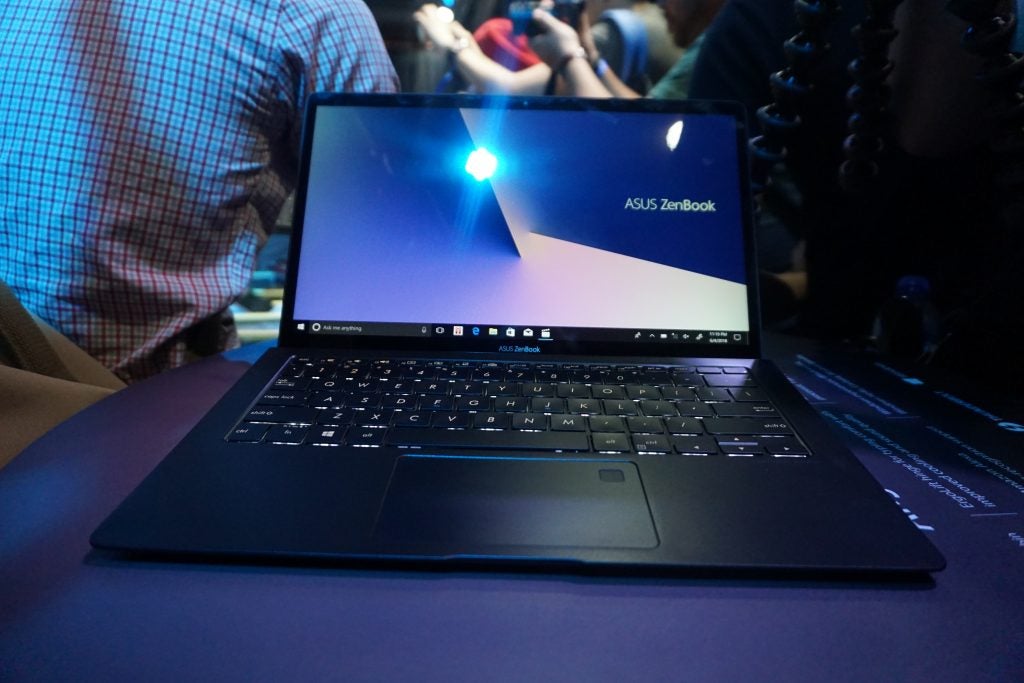Asus Zenbook S first look – A ‘military grade’ Macbook rival Review
Asus Zenbook S first look – A ‘military grade’ Macbook rival
The latest answer to the 12-inch Macbook
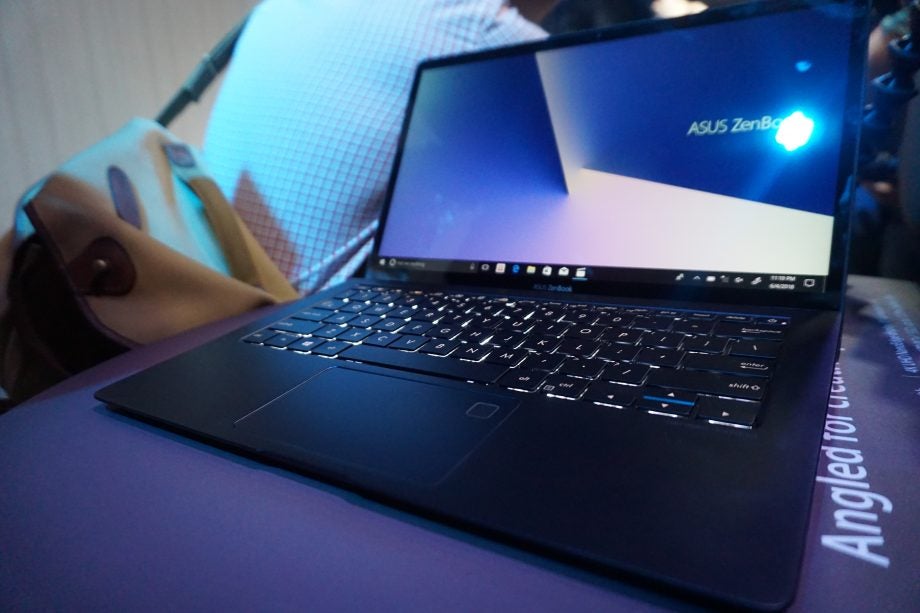
Verdict
Key Specifications
- U-series Intel Core i5/i7 options
- Up to 16GB LPDDR3 RAM
- Up to 1TB PCIe 3.0 x4 SSD
- 13.3-inch LED-backlit 4K UHD (3840 x 2160) / 13.3-inch LED-backlit Full HD (1920 x 1080) touch/ 13.3-inch LED-backlit Full HD (1920 x 1080) non-touch display
- 2 x USB 3.1 Gen 2 Type-C (Thunderbolt™ 3) 1 x USB 3.1 Gen 1 Type-C™
Zenbook S: An ultraportable ‘military grade’ Macbook rival
The Zenbook S is Asus’ latest attempt to create the ultimate high-power portable laptop. It aims to entice buyers away from the ever-popular 12-inch Macbook by offering users a premium ‘military grade’ metal design, super-sharp ‘NanoEdge’ 4K screen and a wealth of top-end hardware options.
It may not have a wow factor feature like the Zenbook Pro’s Screenpad, but from what I’ve seen it has the chops to be a great choice for students with cash to burn and office workers on the market for a top-specced, ultra-portable laptop.
Related: Best laptops
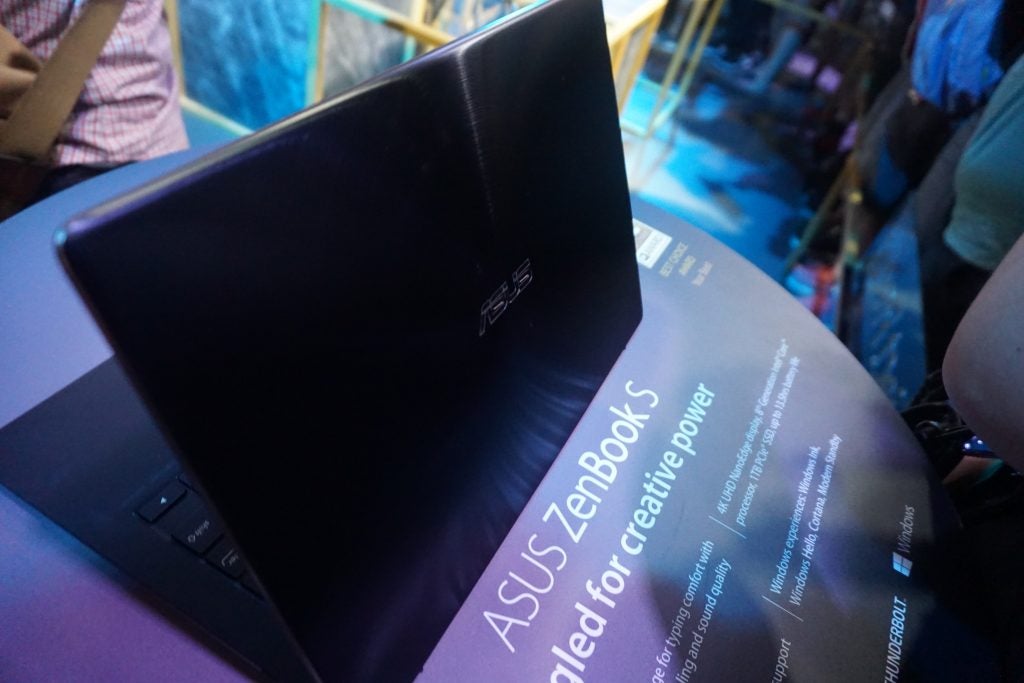
Zenbook S price
Asus hasn’t confirmed a price for the Zenbook S. The exact cost will vary depending on what exact configuration you pick.
Zenbook S release date
Asus hasn’t given the laptop a firm release date. But a representative told me, “it should be relatively soon.”
Related: Best laptops for students
Zenbook S design
At first glance the Zenbook S has a minimalist design that focuses on durability and portability over visual flair. The ‘Deep Dive Blue’ unit I saw had a unibody, ‘spin-metal’ design that was free of any design flourishes. This plus the familiar diamond-cut edges you’ll find on most Asus laptops give the Zenbook S a fairly familiar, by-numbers feel – the only notable design feature is that it’s the first Asus Zenbook to be available in ‘burgundy’ red.
But up close I found plenty of things to like about it. The uber-thin 12.9mm and 1kg weight mean it felt wonderfully light and suitably satchel-friendly. The specs come close to matching the 12-inch Macbook, which weighs 970g and is 13mm thick, which remains one of Trusted‘s favourite portable laptops.
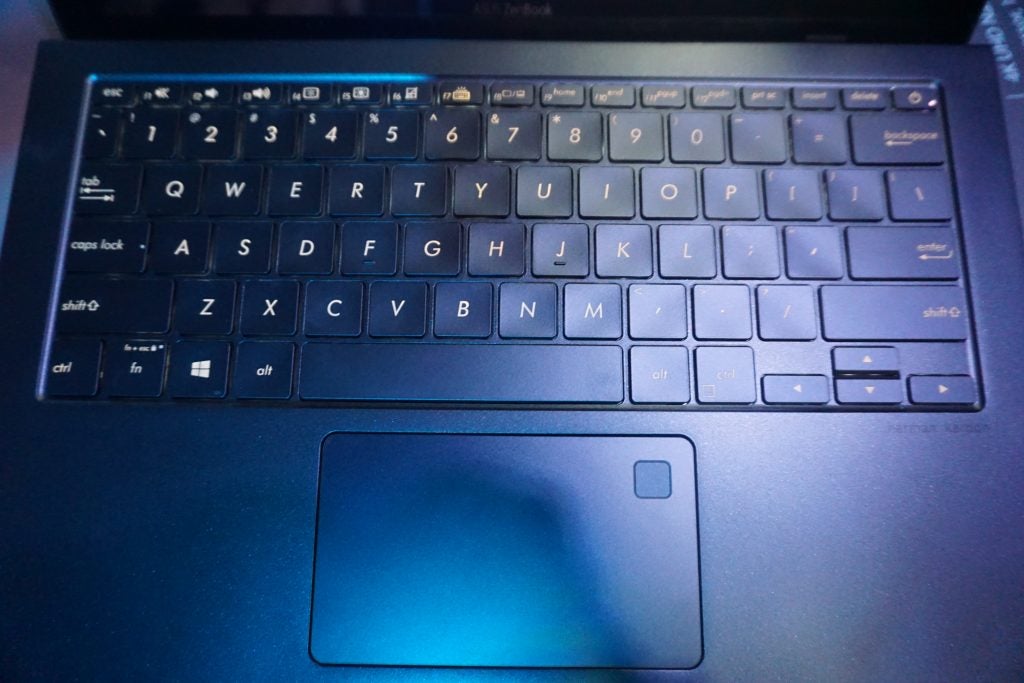
An Asus representative on hand stopped me doing any flex tests during my hands-on, but build quality felt solid and Asus claims the laptop meets military-grade MIL-STD-810G durability standards – which is useful if you’re planning on dropping into a warzone with it, I guess.
The basic backlit chiclet keyboard wasn’t anything to write home about and offered the same typing experience I’ve had on most Asus Zenbooks, outside of a slightly raised typing angle. This is a result of the laptop’s custom ‘ErgoLift’ hinge, which tilts the keyboard to sit at a 5.5-degree angle.
Asus claims the tilt also improves airflow and enhances audio performance, but testing the laptop in a packed, very warm showroom floor, I didn’t get a chance to check either of these claims.
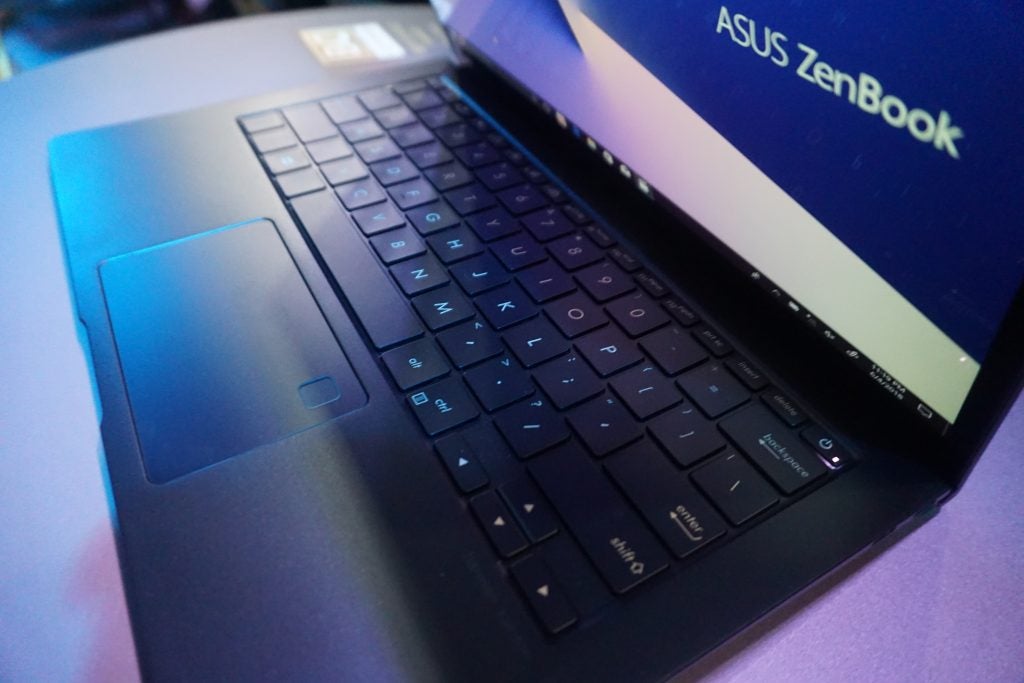
Zenbook S specs
The best parts of the Zenbook Pro are found on the inside. The Zenbook S features a fairly impressive top specification for a laptop its size. If you go all out, you’ll be able to load the laptop with a core i7-8550U CPU, 16GB of 2133MHz LPDDR3 RAM and 1TB of PCIe SSD storage.
The screen also looks fairly impressive, on paper. If money’s no object you can load the Zenbook S with a 4K, 13.3-inch touchscreen that Asus claims will offer users 100% sRGB colour gamut coverage. I naked eye-tested the laptop in less-than-ideal, very dark lighting so can’t sensibly comment on overall screen quality. But max brightness levels seemed decent and blacks, while a little grey, weren’t the worst I’ve seen on an LED. The NanoEdge tech also means the screen bezel is noticeably smaller than the Macbook’s, albeit not on a par with the Dell XPS 13’s Infinity Edge display.
Connectivity is also reasonably good for such a thin laptop, with every model coming with three USB C ports, two of which support Thunderbolt 3.
My only quibble with the specs of the Zenbook S are the complete lack of graphics options. Whichever configuration you get, you’ll be stuck with Intel HD graphics, which mean it won’t be able to run intensive tasks like video editing and will struggle to run modern games.
You can see all the Zenbook S configuration options in the table below.
| CPU | Intel Core™ i7-8550U processor
Intel Core™ i5-8250U processor |
| Display | 13.3-inch LED-backlit 4K UHD (3840 x 2160) 16:9 glossy touchscreen (Deep Dive Blue only)
13.3-inch LED-backlit Full HD (1920 x 1080) 16:9 glossy non-touch display 13.3-inch LED-backlit Full HD (1920 x 1080) 16:9 anti-glare non-touch display (Deep Dive Blue only) 5.9mm-thin bezel with 85% screen-to-body ratio Wide 100% sRGB color gamut 178° wide-view technology ASUS Eye Care technology for up to 30% blue-light reduction |
| Operating system | Windows 10 Home
Windows 10 Pro |
| Graphics | Intel UHD 620 |
| Main memory | 8GB / 16GB 2133MHz LPDDR3 onboard |
| Storage | 1TB / 512GB PCIe 3.0 x4 SSD
256GB SATA3 SSD |
| Connectivity | Bluetooth 4.2 |
| Camera | HD webcam |
| I/O ports | 2 x USB 3.1 Gen 2 Type-C™ (Thunderbolt™ 3)
1 x USB 3.1 Gen 1 Type-C™ All three USB ports support fast charging, data transfers and display connectivity. 1 x Audio combo jack |
| Audio | High-quality stereo speakers (with smart amplifier)
Harman Kardon-certified ASUS SonicMaster Premium audio system |
| Battery | 50Wh lithium-polymer |
| AC adapter | Output: 20V, 65W input: 100V-240V AC, 50Hz/60Hz |
| Dimensions | 311 x 213 x 12.9mm |
| Weight | With anti-glare display: approx 1kg
With glossy display: approx 1.05kg |
Opening Impressions
The Zenbook S doesn’t have the wow factor of Asus’ other Computex releases, but from what I’ve seen it looks like a solid, ultraportable Macbook rival.
If Asus prices it correctly it could be a great option for students and office workers looking for a satchel-friendly jack-of-all-trades laptop.
How we test laptops
Unlike other sites, we test every laptop we review thoroughly over an extended period of time. We use industry standard tests to compare features properly. We’ll always tell you what we find. We never, ever, accept money to review a product.


